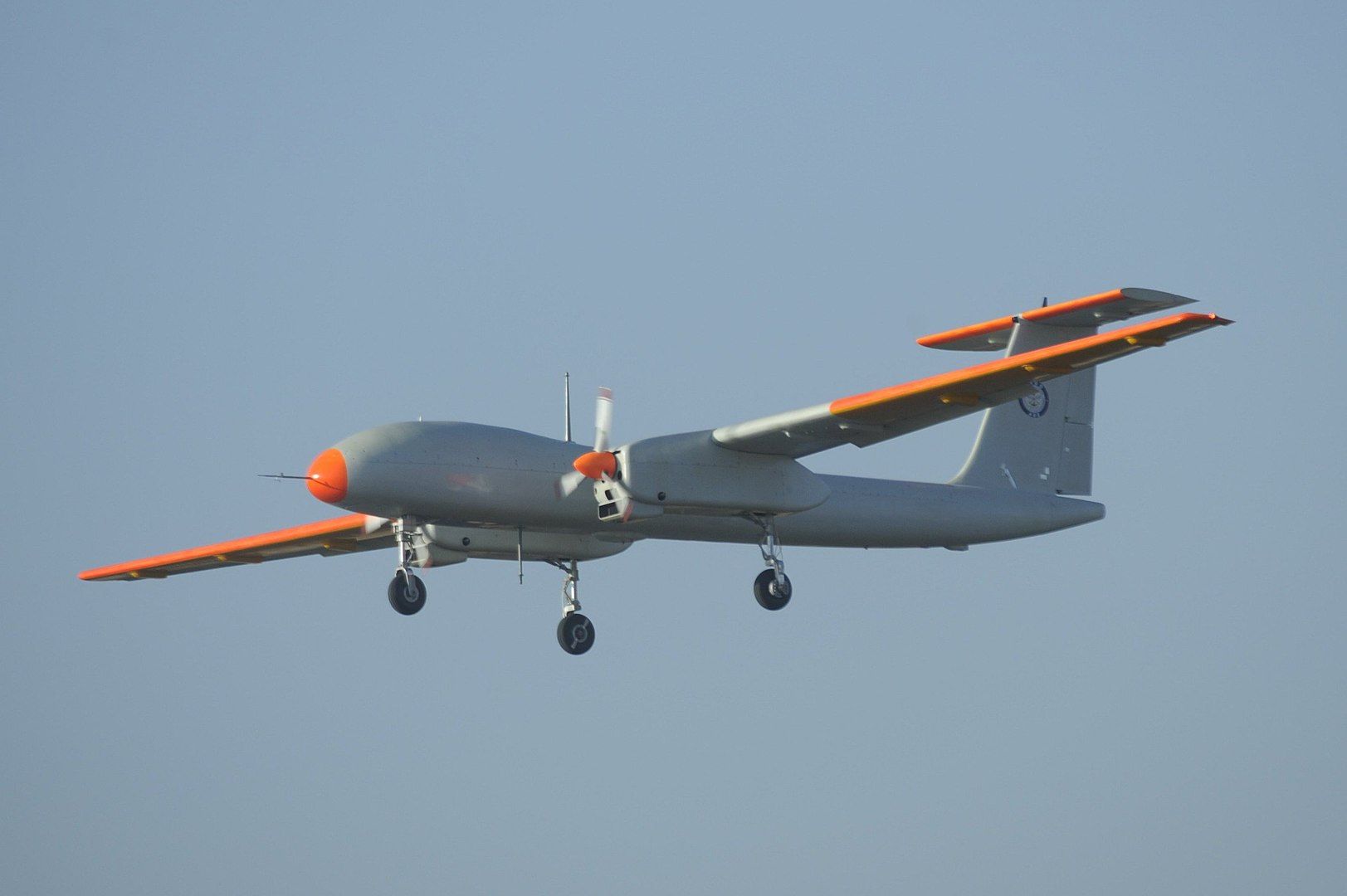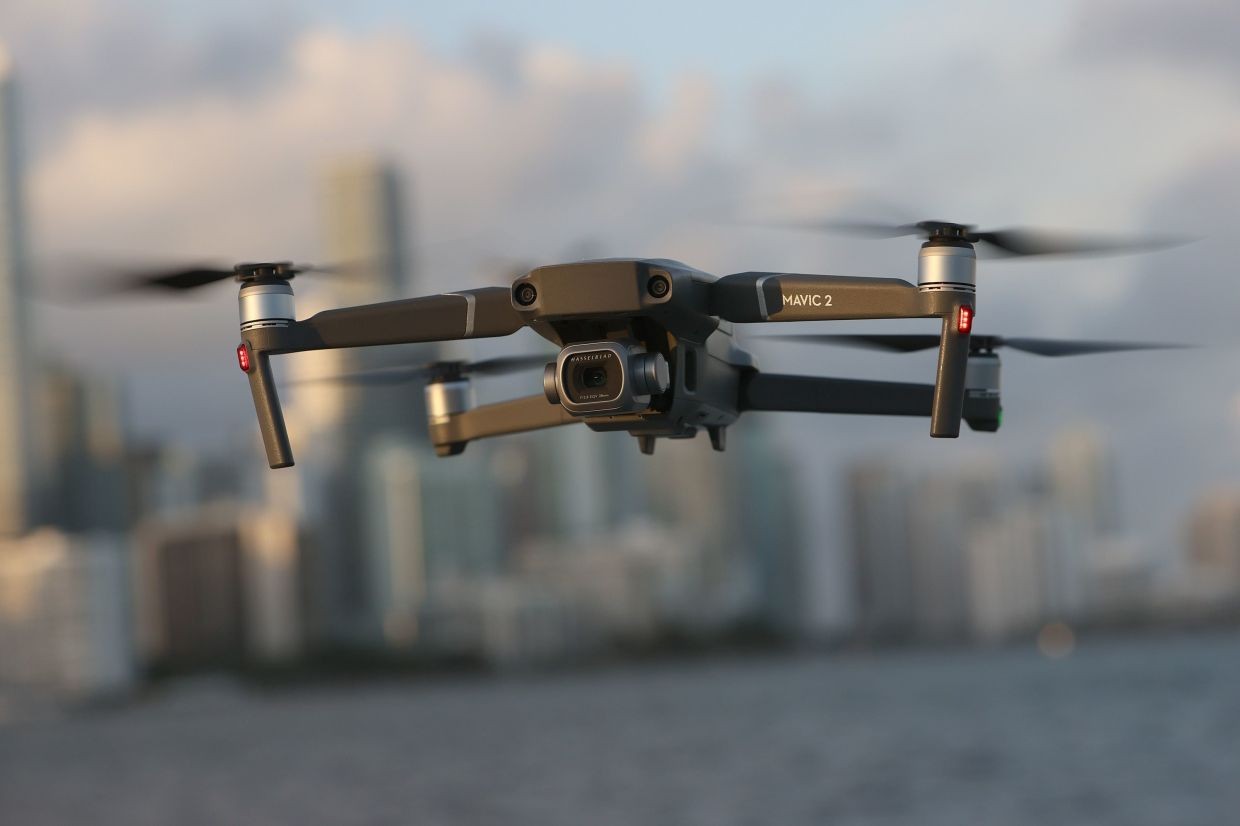In September 2020, China demonstrated ‘innocuous’ food delivery to troops in remote locations by a swarm of drones. The subtle message that drones that carry food can easily carry explosives was not lost on India.
On January 15, 2021, the Indian Army, in turn, displayed its drone-swarming capability with 75 indigenously designed and developed drone-simulated offensive missions.
Since then, the Indian armed forces have invested heavily in Artificial Intelligence, Autonomous Weapon Systems, Quantum Technologies, Robotics, Cloud Computing, and Algorithm warfare.
China is the leading exporter of military drones in the world. According to data from the Stockholm International Peace Research Institute (SIPRI), China has delivered 282 combat drones to 17 countries in the past decade.
Media reports worldwide indicate that Chinese armed drones are being used by countries like Saudi Arabia, Myanmar, Iraq, and Pakistan to subvert their adversary or quell unrest within their borders.
Chinese President Xi Jinping has described drones as capable of “profoundly changing war scenarios” and had pledged during the Communist Party’s congress last year to “speed up the development of unmanned, intelligent combat capabilities.” State funds and the civil-military fusion have made China the world leader in combat drones.
A reflection of the Chinese small drones dominating the world battlefield is that kamikaze drones deployed by Russia and Ukraine have Chinese components. The Shenzhen-based DJI owns 70 percent of the market share in small drone making.
The US has also unveiled a Replicator program to compete against China by fielding thousands of autonomous systems across multiple domains within the next two years.
The Indian government in 2022 banned Indian drone makers from using Chinese components. One year after the government’s ban, India might not be catching up with China regarding combat drones, but it has the wherewithal to protect its interests.
“I will not be matching number to number (with China). But we have reached a level where we can protect our interest,” retired Indian Air Force Officer Group Captain (Dr.) Rajiv Kumar Narang told the EurAsian Times. He authored a book titled “India’s Quest for UAVs and Challenges.”
“We cannot, however, let our guard down. Critical drone components are still not made in India, and the Indian armed forces, in conjunction with the commercial drone sector, need to work on it, just like China,” opined Group Captain Narang.

The Indian government has enabled policies to support domestic drone makers. India has set aside 1.6 trillion rupees (US$19.77 billion) for military modernization in 2023-24, of which 75 percent is reserved for domestic industry.
The Indian Armed Forces, taking a leaf out of China’s playbook, are also roping in the private players. The Indian Air Force (IAF) recently awarded a 3-billion-rupee (US$36 million) contract to a New Delhi-based start-up, Veda Defense System, to make 200 long-range swarm drones.
As reported by the EurAsian Times earlier, the small drones can flock together to overwhelm anti-aircraft defenses with their sheer numbers.
Alternate Supply Chain
India is already feeling the headache from asymmetric warfare as its neighbor in the West is already using drones for smuggling arms, drugs, and counterfeit currency across borders through drones. The armed drone attack on June 27, 2021, on the Jammu air base also underscores the security challenges that drones pose to India.
The increased cooperation between Pakistan and two leading UAV manufacturers, namely China and Turkey, has increased the threat manifold, hence the need to give impetus to the Indian drone industry.
The ban on the Chinese component might have proved detrimental to the growth of the Indian drone makers, as finding an alternative supply chain can be costly. But in the long run, it has opened more doors for the Indian private players.
In August, an Indian developer of drone solutions for the commercial and defense sectors, Garuda Aerospace, announced new partnerships with Aero Sol and Titan Group from Israel, US-based Easy Aerial, and French Azur Drones.
The partnership allows Garuda Aerospace to fill up the ‘void’ left after the ban on Chinese DJI, which earlier supplied drones for varied purposes, including agriculture, construction, security, emergency response, and defense.
“We are delighted to have signed these key partnerships, helping facilitate the growth of India’s drone market and ensuring the continued development of this hugely disruptive industry,” said Agnishwar Jayaprakash, Founder & CEO of Garuda Aerospace.
“The fact that our partners span the US, Canada, Israel, and Europe reflects the expertise and vision of our team as well as the use cases for our drones – from monitoring the condition of state infrastructure, ensuring roads and bridges are constructed according to plan and crop spraying, to emergency response and deployment of anti-drone cyber security solutions, we are excited about the potential these partnerships hold.”
The US and Indian Air Force signed an agreement in 2021 to develop air-launched UAVs jointly. The deal is the inaugural co-development project under the US-India Defense Technology and Trade Initiative, a bilateral military cooperation mechanism that promotes collaborative technology sharing, strengthens cooperative research, and enables co-production/co-development of defense systems for the sustainment and modernization of military forces.
Experts expect the ban on Chinese components to spur more growth in the sector. “When you sanction import of certain components, in the short term, it is always detrimental. But in the long term, it helps you be self-reliant,” said Rohit Shrivastava, Editor and Publisher of a report ‘UAV Warfare.’

The DJI has the best possible economy of scale, making millions of drones yearly. It also makes components like cameras, communications, processors, and other critical equipment. A country looking to compete must create an ecosystem of its own.
The Indian Armed Forces is serious about ‘handholding’ the local drone makers. The swarm drones are in service now. The Indian Army inducted 97 indigenously built drones for surveillance along the China and Pakistan borders.
Group Captain Narang adds that if India wants to outpace China in the small drone sector, a more significant “civil-military integration” is required as “defense forces played an important role in Swarm technology in US, China, and India.”
“India needs to focus on the self-reliant road map of the commercial drone sector. Integration of drone systems in commercial space is imperative. We can have an unmanned traffic management system, urban air mobility within cities, and advanced air mobility between cities,” says Group Captain Narang. He adds: “We need a road map for the civil sector to become ‘Atma Nirbhar’ (Self Reliant) in the sector.”
If India succeeds in outflanking China in the small drone segment, it can partner with countries with reservations about buying from China.
Technological Gap In The Indian Drone Industry
The Chinese military has supported the civil manufacturing and export programs. The Indian drone industry is divided into a small drone system and a more extensive aerial setup.
The former class of drones is the private sector domain, and the public sector is working on the larger drones. It is in the larger drone segment – High Altitude Long Endurance (HALE) and Medium Altitude Long Endurance (MALE) that India is facing hiccups.
Indian Armed Forces rely heavily on Israeli Searcher and Heron drones to meet their requirements. HALEs are essential for the Indian armed forces keeping an eye along the simmering Indo-China border in eastern Ladakh.
The Indian Defense Research and Development Organization (DRDO) is working on the MALE unmanned aerial vehicle Rustom-2. Rechristened as Tapas, Rustom-2 will soon be undergoing user trials.
The indigenously developed TAPAS 201 UAV achieved a major milestone in June 2023 as the DRDO and the Indian Navy successfully demonstrated the transfer of command-and-control capabilities of the UAV from a distant ground station to warship INS Subhadra.
The learnings from the TAPAS drone project have helped the DRDO dream of building a single-engine MALE.
There is a separate project for the weaponization of the Rustom UAV. It is in the final arms integration phase. ADA is leading it.
The aerospace major Hindustan Aeronautics Ltd. (HAL) is in sync with global development as it expressed the ambition to develop a Combat Air Teaming System (CATS).
Colloquially called the ‘Loyal Wingman,’ CATS is planned to be with the Light Combat Aircraft (LCA), and in the future, it can be with a transport aircraft. The project is expected to be airborne by 2024. Another project for the air-launched swarm drones is still in the design stage.
- Ritu Sharma has been a journalist for over a decade, writing on defense, foreign affairs, and nuclear technology.
- She can be reached at ritu.sharma (at) mail.com




